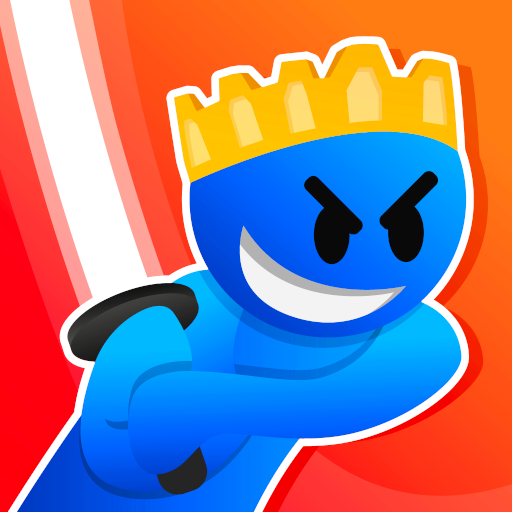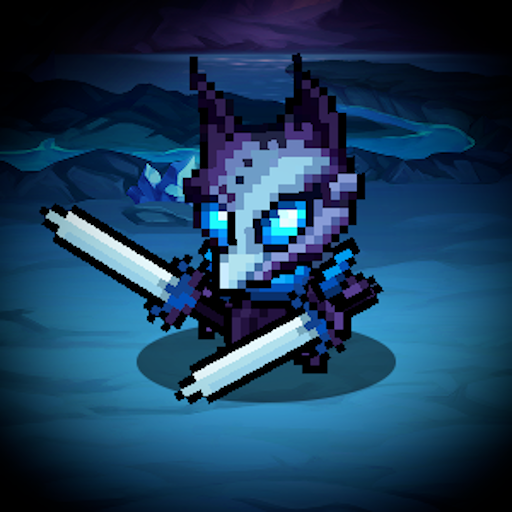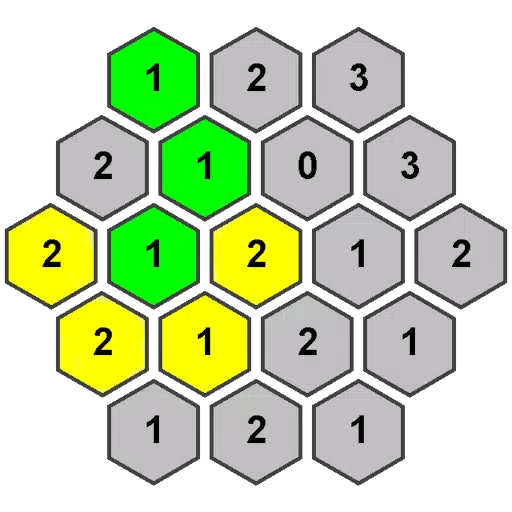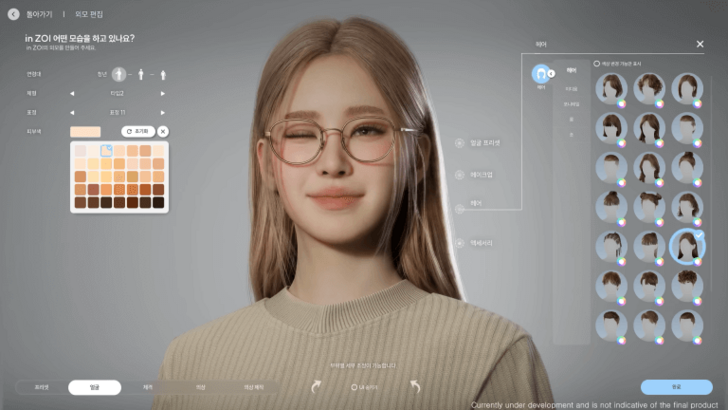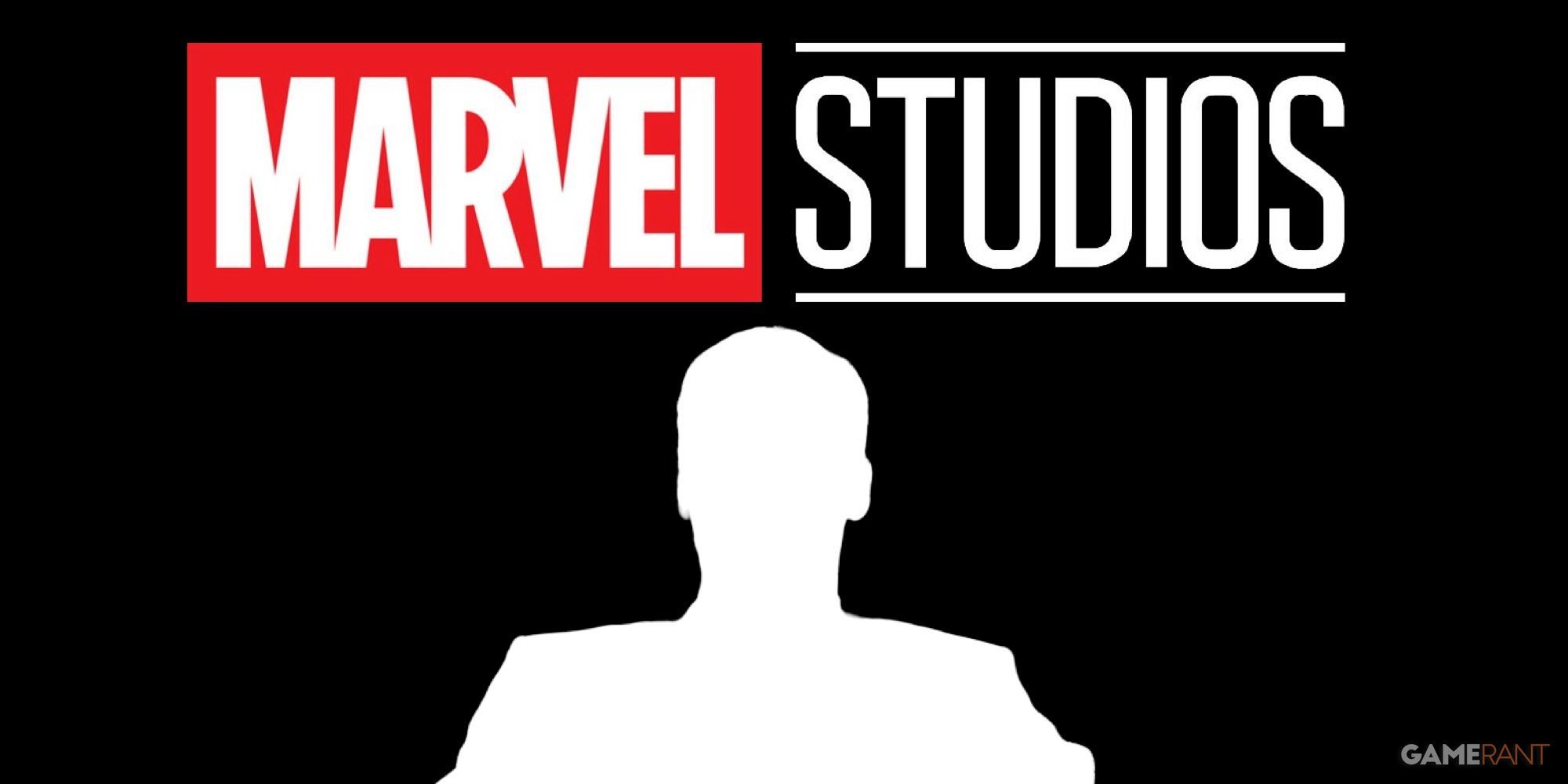Having had the opportunity to delve into the work-in-progress alpha build of *The Outer Worlds 2*, it's evident that Obsidian Entertainment is pushing the envelope with deeper RPG mechanics. While the original game offered a more streamlined approach to character building, the sequel encourages players to embrace diversity and experiment with unconventional playstyles. The goal isn't complexity for its own sake, but rather to foster creativity, specialization, and the exploration of unique character choices.
Design director Matt Singh emphasized the team's focus on incentivizing players to explore different builds, whether traditional or non-traditional. He highlighted the integration of Skills, Traits, and Perks into synergistic systems that encourage unique gameplay experiences. This approach was showcased in our exclusive 11-minute gameplay footage, featuring new elements like gunplay, stealth, gadgets, and dialogue. For this IGN First coverage, we'll dive deeper into the revamped systems and what players can anticipate.
Rethinking the Skill System
Lead systems designer Kyle Koenig reflected on the first game, noting that characters often ended up being proficient in everything, which diluted the personal experience. To address this in the sequel, Obsidian has shifted from grouped Skill categories to individual Skills with distinct differences. Koenig explained, "We wanted to focus on making each individual level-up and investment really important. There's less confusion on when I should invest in one Skill or the other. If I want to be a player that's all about guns and using medical devices, I know which Skills I really need to care about. By having them separated and not in groupings, it lets characters be more specialized."
Singh elaborated on the flexibility of the new system, saying, "There's more than just a traditional stealth-focused build, combat-focused build, or speech-focused build. There's a lot of blending of concepts, playing with other systems and incorporating those into a pretty broad, but unique range of different player profiles." He mentioned how certain Skill investments, like Observation, can reveal hidden elements in the environment, leading to alternative gameplay paths.
The Outer Worlds 2 Character Creation - Screenshots
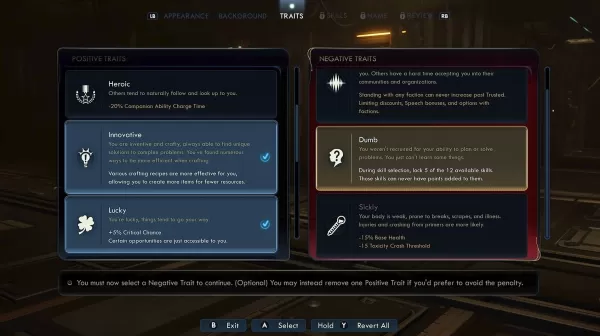
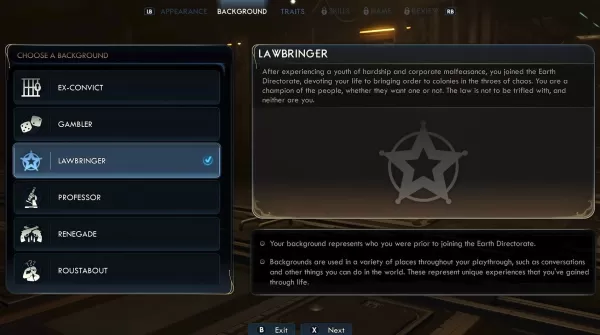
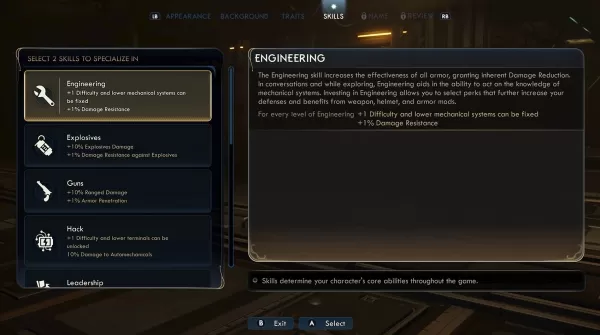
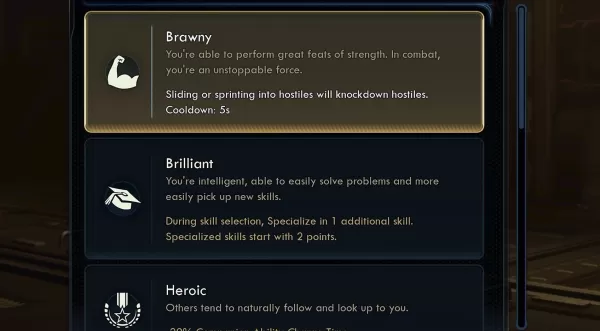
While this might seem standard for RPGs, *The Outer Worlds* was unique in its Skill grouping. The sequel, however, leverages the revised Skill system to foster greater variety and specialization, particularly in conjunction with the revamped Perks system.
The Perks of Getting Experimental
Obsidian's focus on specificity and unique play avenues is clear in the Perk system. Koenig noted a significant increase in Perks, now over 90, each requiring specific Skills to unlock. He illustrated this with the Run and Gun Perk, ideal for shotgun, SMG, and rifle users, allowing firing while sprinting or sliding, especially effective with Tactical Time Dilation (TTD). Another intriguing Perk, Space Ranger, enhances dialogue interactions and provides damage boosts based on Speech stats. Koenig explained, "The way we looked at them when designing them was to look at what are all the different modes of gameplay the player has, and what are all the actions they can take and how can we modify them."
Singh highlighted Perks tailored for non-traditional playstyles, such as Psychopath and Serial Killer, which reward players for eliminating NPCs, offering permanent health boosts. He noted, "Especially in an Obsidian game where we allow you to kill anybody – the game's going to respond, it's going to roll with it, and you're going to still be able to complete the game. It's actually a really fun way to play in a second or third playthrough just to see how far you can take it."
For more traditional builds, Koenig discussed leveraging elemental combat, allowing players to specialize in plasma, shock, or corrosive damage, each offering unique gameplay advantages and synergies.
The Positive and Negative Traits
Koenig touched on the Traits system's evolution, drawing parallels with *Fallout*. In *The Outer Worlds*, players could accept negative attributes for extra points, exemplified by the Flaws system. In *The Outer Worlds 2*, this concept expands with Positive and Negative Traits. Players can opt for Traits like Brilliant, granting extra Skill points, or Brawny, enabling knock-downs through sprinting. Conversely, choosing negatives like Dumb or Sickly can lock out Skills or reduce health and toxicity tolerance, adding layers of strategic decision-making.
The Outer Worlds 2 Gameplay - Screenshots
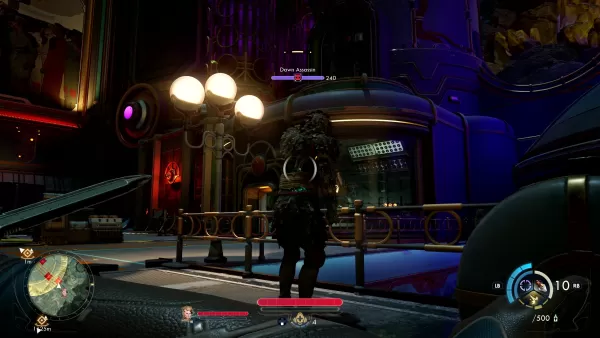
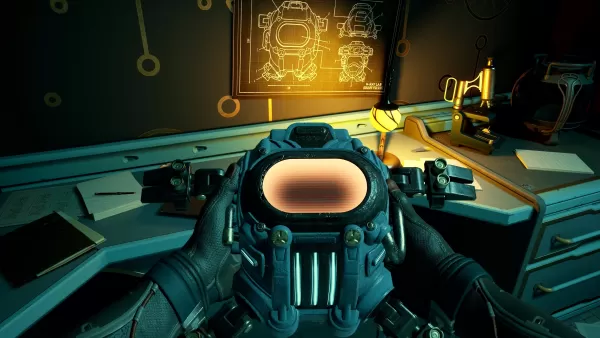
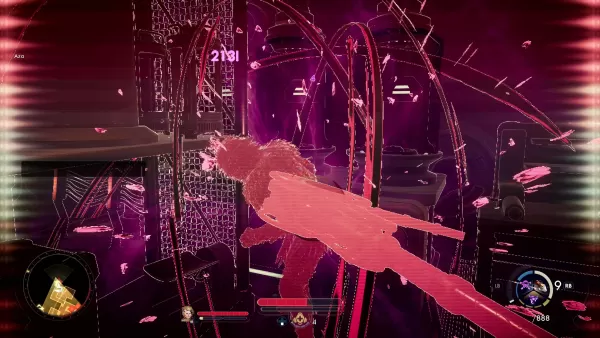
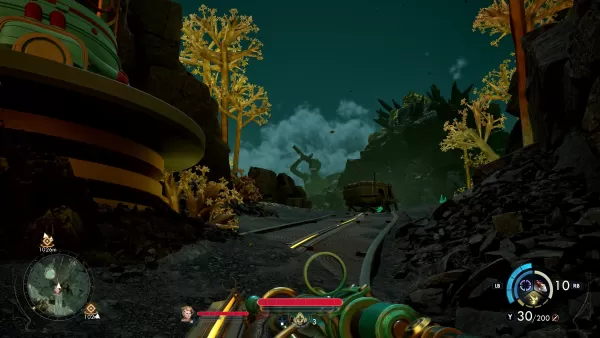

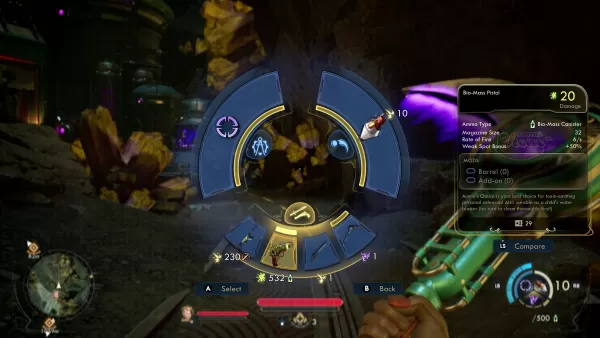
While a deeper dive into Flaws will be covered in a future article, it's clear that *The Outer Worlds 2* introduces more creative and strategic elements. Flaws now come with both positive and negative conditions, dynamically responding to player behavior and offering new gameplay layers.
Guiding Players and Ditching Respec
With the increased complexity, Obsidian aims to make these systems accessible through in-game explanations and UI enhancements. Koenig mentioned the focus on clarifying Skill differences from character creation, using help text and gameplay demonstration videos. Players can also mark Perks as favorites, aiding in build planning.
A significant change is the removal of respec options beyond the introductory sequence. Koenig emphasized, "By removing respec, we really incentivize it to be your experience. It is a part of your experience that no one else had, and I think that's really special about RPGs and something that respec tends to lessen." Singh added, "Philosophy-wise, we really feel all of your choices should matter. They should be meaningful changes to your gameplay experience. This is just one of those ways where we're asking you to make a choice, stick to it, and see how that plays out in interesting and fun ways."
 Home
Home  Navigation
Navigation






 Latest Articles
Latest Articles









 Latest Games
Latest Games

